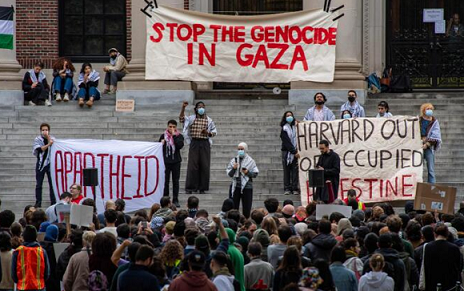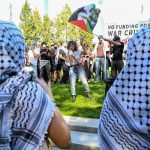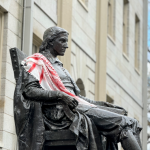How Universities are Balancing Free Speech and Campus Safety in Response to Growing Protests
Across American campuses, the debate over free speech and safety is intensifying. In recent years, universities have enacted policies to maintain both security and freedom of expression on campus, focusing on measures to ensure protests do not disrupt university functions or infringe on the well-being of students and staff. These actions, including revised guidelines and targeted restrictions, underscore a growing priority on protecting the campus community from hostile or intimidating behavior.
Brown University’s recent suspension of its chapter of Students for Justice in Palestine (SJP) highlights how institutions are actively responding to reported violations of conduct and harassment during protests. Following an October 18th demonstration where allegations of intimidation were raised, Brown temporarily halted all activities of SJP while investigating the incident, citing the need to uphold respect and campus security. In a statement, Brown University emphasized its commitment to both freedom of expression and safeguarding community standards: “Protest cannot interfere with the normal functions of the University, include intimidation or harassment, or infringe on the rights of others.”
Other universities are similarly refining their policies to address potential disruptions and ensure community safety. Indiana University, for instance, recently implemented an “expressive activity policy” which requires prior approval for signs, prohibits camping on campus, and restricts protests after 11 p.m. Faculty members have openly responded, including a group that hosts weekly candlelight vigils to challenge the policy’s limits on free expression.
The core purpose of these policies is to maintain a safe campus environment where students and faculty feel secure. Last spring, protests on some campuses featured encampments, disrupting campus operations and sparking concerns of antisemitic rhetoric. Brown’s incident was not isolated; similar tensions arose at Columbia University and Northwestern University, where protest guidelines were introduced to prevent “substantially inhibiting” regular campus activities and to discourage protests that create a hostile atmosphere for students and faculty alike.
Beyond limiting disruptive gatherings, universities have taken steps to ensure policies address increasing safety concerns from all angles. In Northwestern University’s new guidelines, administrators emphasized the necessity of protecting students from intimidation and harassment in protests. “Activities that lead to intimidation and impede an environment where dialogue and education can flourish cannot occur again,” stated Michael Schill, President of Northwestern University.
Some faculty members have voiced concerns that these policies may curb academic freedom and the spirit of protest inherent to university life. In California, University of California faculty groups have filed complaints, suggesting that the system’s policies limit discussions around contentious global issues. Yet, university officials continue to stress that these measures are not designed to hinder academic debate but to safeguard the community from protests that may escalate into unsafe environments.
In light of recent events, universities nationwide are evaluating how to support peaceful demonstration without compromising safety. As institutions of learning, they are grappling with how to balance open dialogue with a responsibility to prevent potentially harmful confrontations. The priority remains to create an environment where all students feel safe and free to learn without facing threats or hostile behaviors.
As universities continue to adjust their policies, the focus on student safety remains paramount. These actions reflect a balanced approach to supporting free speech while recognizing that student safety is essential to preserving the values of academic freedom and critical discourse.



